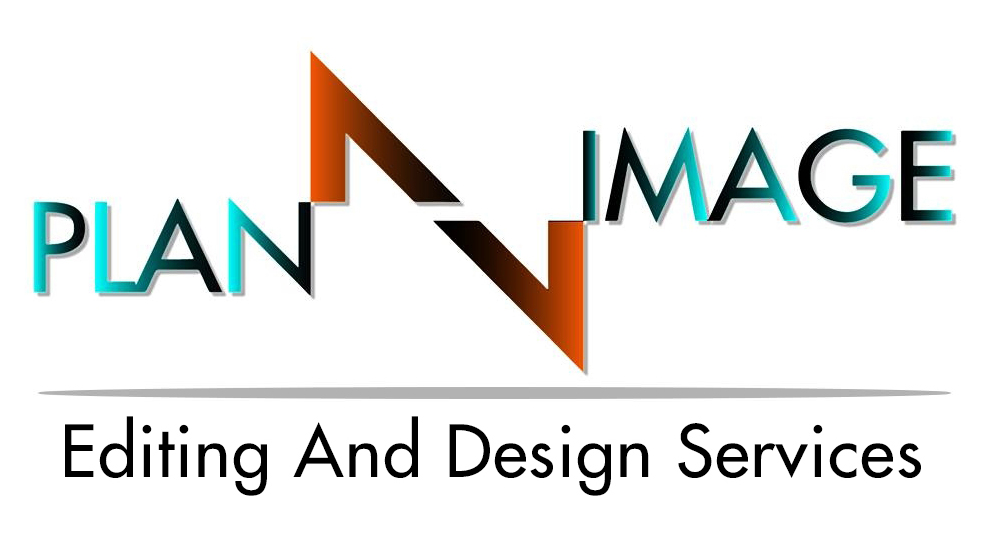photo editing


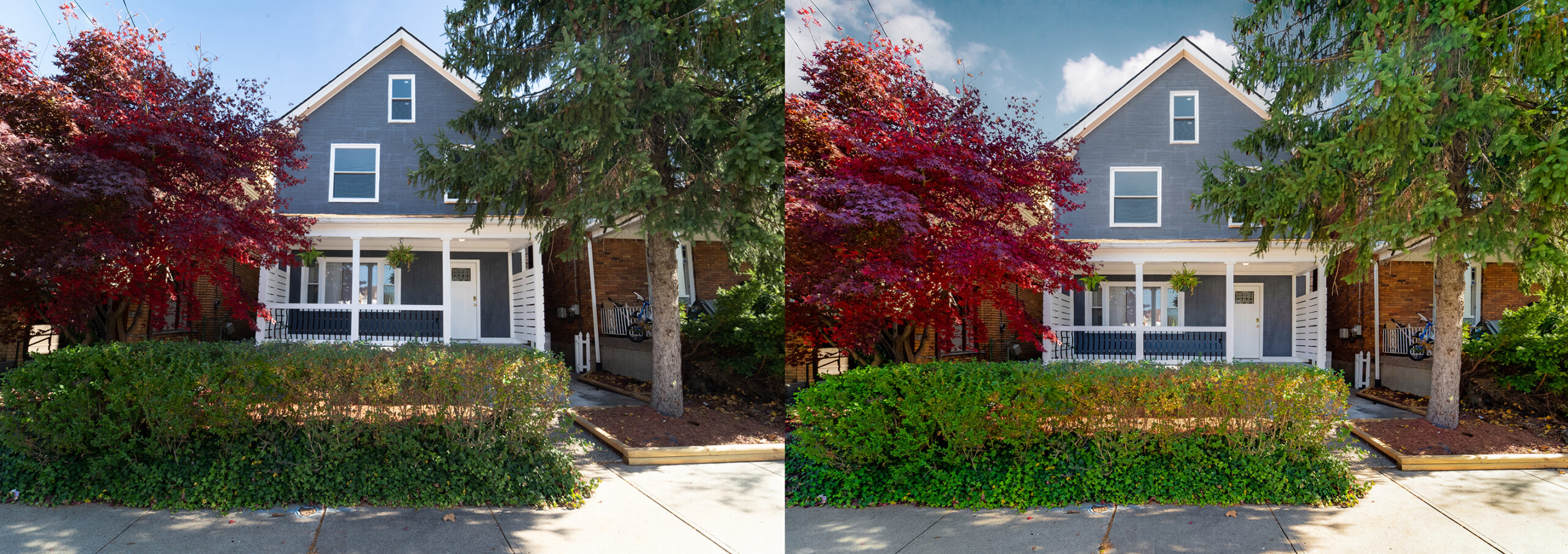
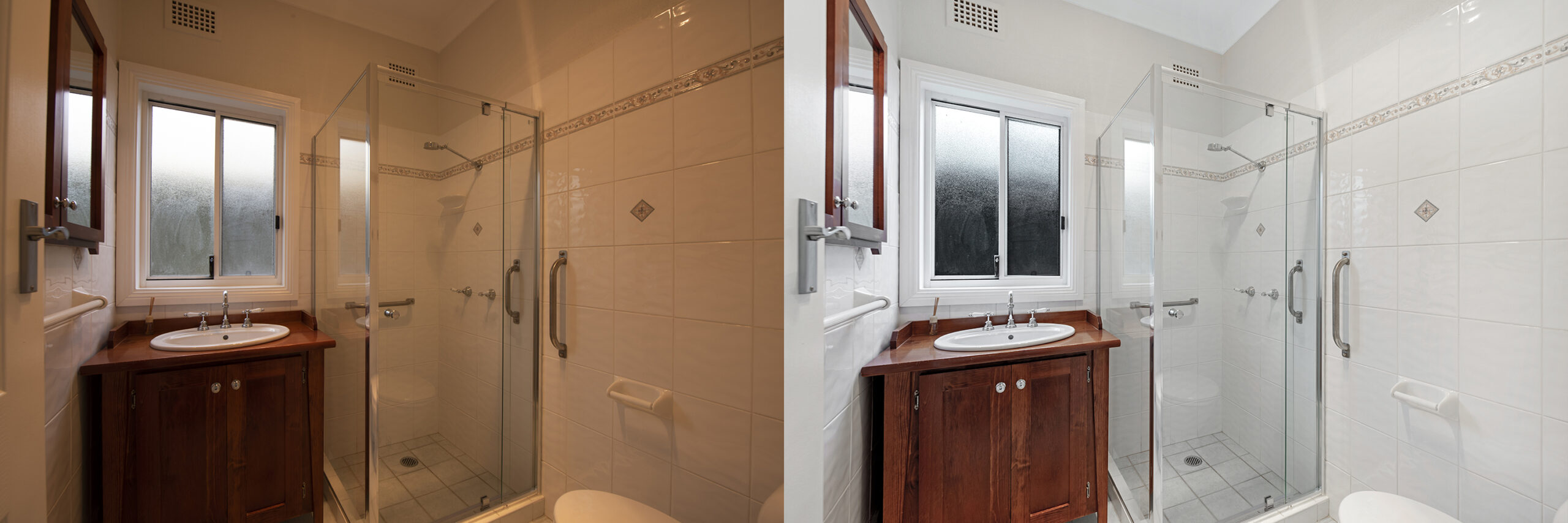

At Plan N Image, property images are enhanced using HDR blending, sky replacement, object removal, and detailed retouching. As a result, listings appear more attractive and market-ready.
Moreover, lighting, colors, and contrast are carefully adjusted to highlight architectural details. Therefore, properties stand out across listings, websites, and marketing platforms.
Real estate photo editing


Professional Interior Photo Editing
Interior photo editing enhances indoor images by improving lighting, colors, and clarity. First, editors adjust exposure to create bright and natural-looking spaces. Next, colors are balanced to reflect the true atmosphere of each room. In addition, perspective corrections straighten lines and improve overall composition. As a result, interiors look clean, realistic, and inviting. This service works perfectly for real estate listings, interior designers, and architectural marketing.
Exterior Photo Editing
Exterior photo editing enhances buildings and outdoor spaces to create a clean and attractive look. First, editors adjust colors to achieve natural tones. Next, they replace skies, fix perspective, and remove unwanted objects to improve visual appeal. In addition, landscaping upgrades, day-to-dusk effects, and HDR blending add brightness and balance. As a result, exterior images look eye-catching and professional for real estate and architectural marketing.




Dusk Photo Editing
Dusk photo editing transforms daytime exterior photos into warm, eye-catching twilight images. First, editors add a soft dusk sky. Next, they enhance colors and balance lighting. Then, subtle artificial lights create a welcoming evening mood. As a result, properties look more attractive and engaging. Therefore, dusk photo editing is widely used in real estate and architectural photography to attract buyers.
Day To Dusk photo
Day-to-dusk photo editing transforms daytime exterior images into warm, realistic twilight photos. First, editors replace the sky with a soft dusk tone. Next, they warm the colors and balance the lighting. Then, artificial lights add a welcoming evening glow. As a result, properties look more attractive and memorable. Therefore, day-to-dusk photo editing is widely used in real estate and architectural photography to boost visual appeal and create a strong first impression.


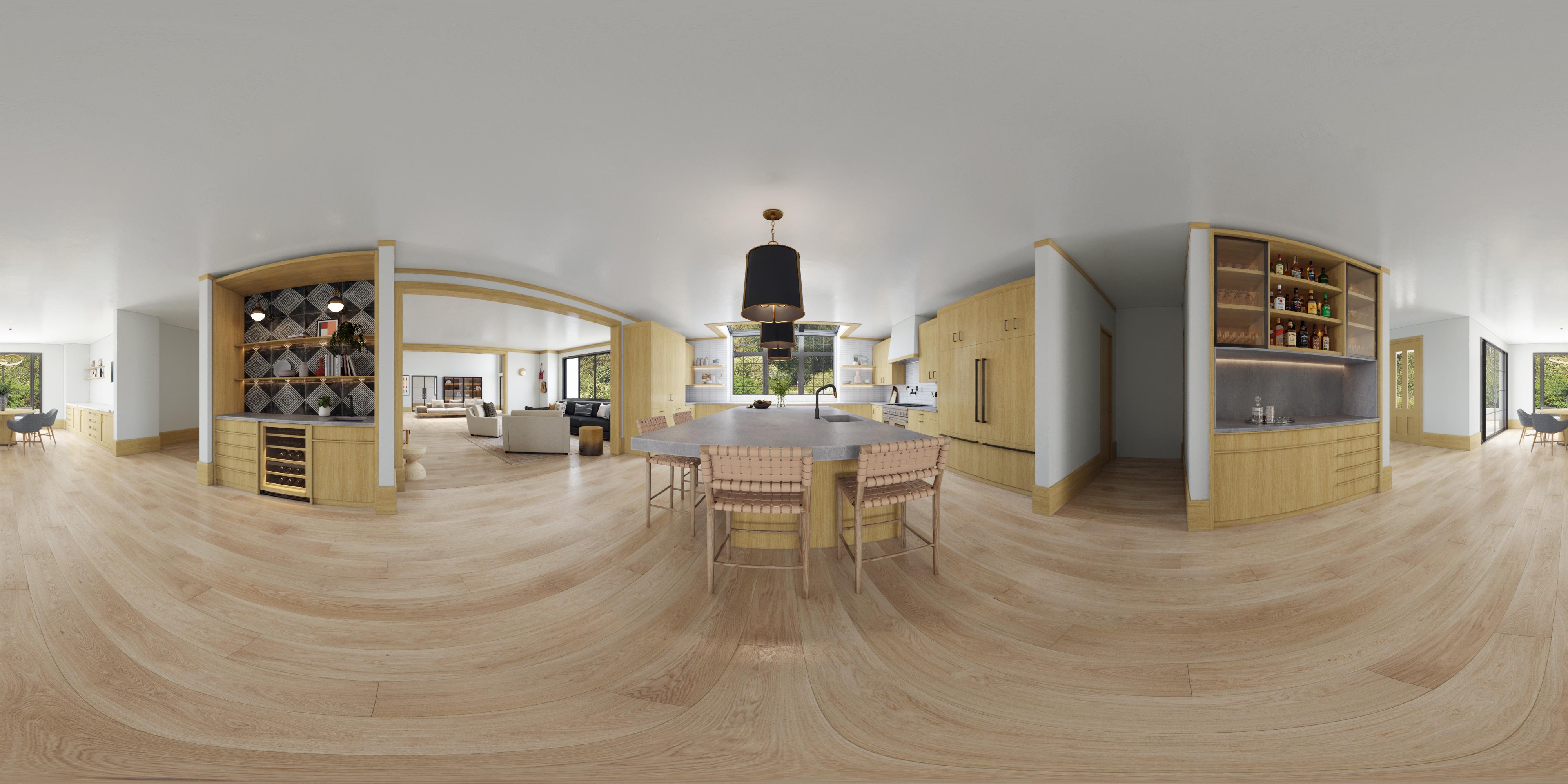
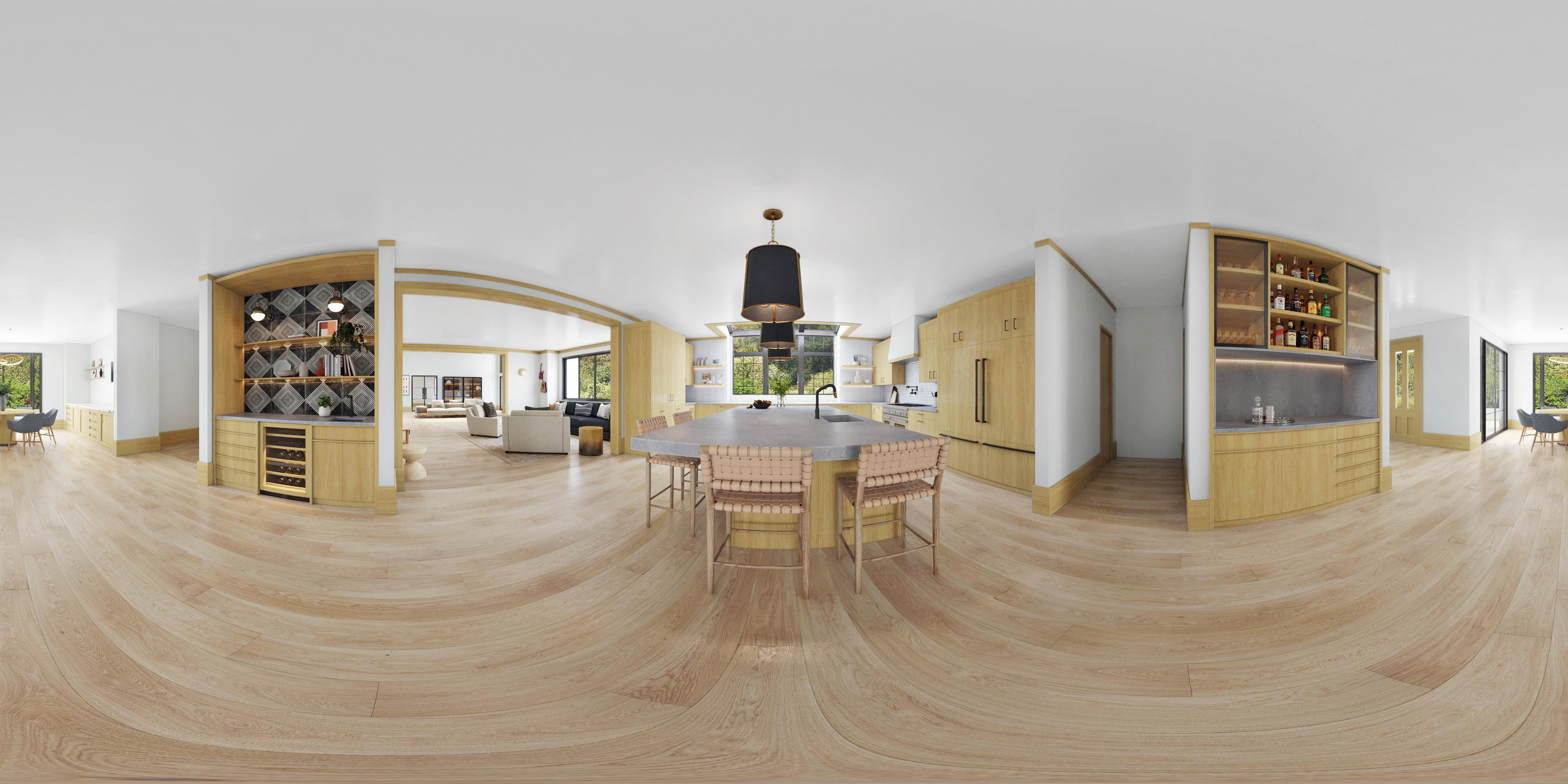
360 Photo/Panorama Image Editing
360° photo and panorama editing creates smooth, immersive views by stitching multiple images into one seamless experience. First, editors balance colors and exposure. Then, seams and distortions are corrected for a natural look. Finally, details are refined for a clean finish. As a result, viewers can explore spaces interactively from every angle. Therefore, this editing style is widely used for virtual tours, VR experiences, and real estate marketing.
Object Removing
Object removal photo editing removes unwanted or distracting elements from images. First, editors select the areas that need cleanup. Then, they fill and blend those areas to match surrounding textures, colors, and lighting. As a result, images look clean, focused, and professional. Therefore, this editing technique is widely used in real estate, product, portrait, and landscape photography.

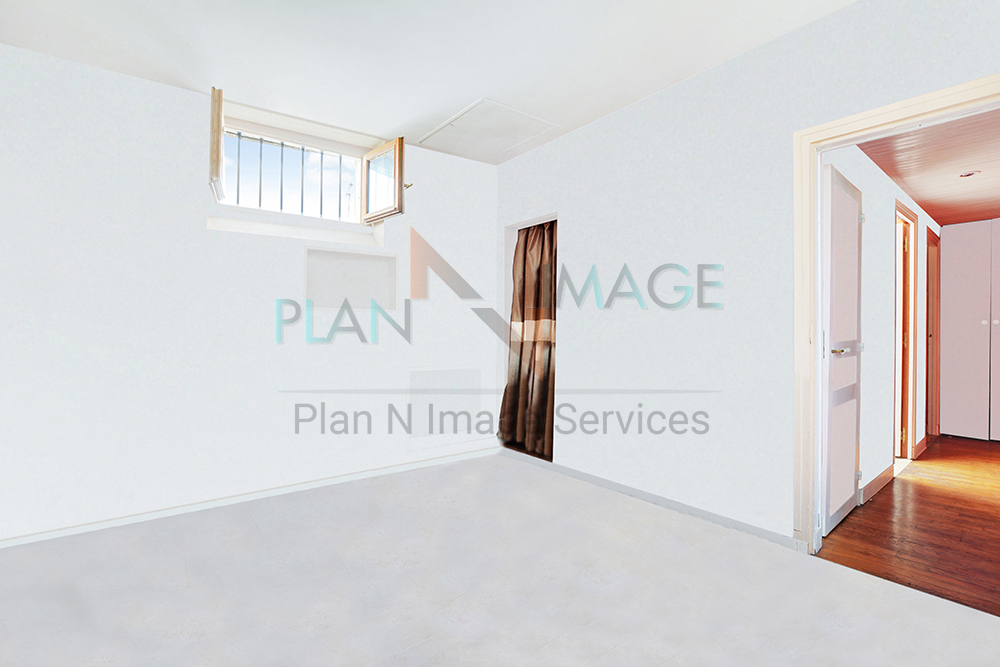

Cutout And Retouching
Cutout and retouching services improve image quality and presentation. First, editors remove the background to isolate the main subject and place it smoothly on any background. Then, photo retouching removes imperfections, enhances colors, balances exposure, and sharpens details. As a result, images look clean, polished, and professional. Therefore, these services work well for real estate, product, and portrait photography.
